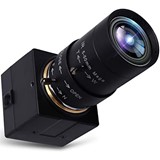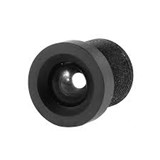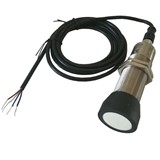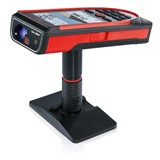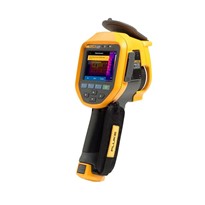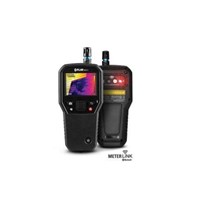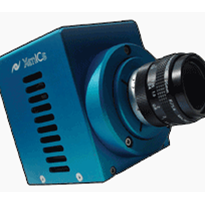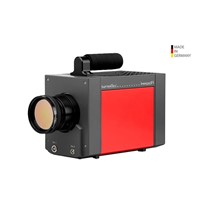Replacing the standard lens with a macro, telephoto, or wide-angle lens effectively gives you a different camera. It also gives you a lot more leeway for accurately capturing images of targets anywhere from right in front of your nose, to hundreds of feet away.
One infrared camera, many lens options
For example, if you are performing a general inspection of electrical equipment around the factory, a standard lens is fine in most cases. If you’re scanning a large area like the ceiling or roof of a factory or warehouse, you’ll need a wide-angle lens. That’s also a good choice if you’re a home inspector and need to scan the outside of a house. If you’re scanning overhead vents or duct work or high power transmission towers you’ll want a telephoto lens that can allow you to work from the ground. All of that requires only one camera and a few extra lenses.
Infrared lens material matters
Be sure you lenses are engineered for the most efficient transmission of energy to the detector. Germanium is the first choice for quality infrared lenses because it is transparent in the infrared spectrum and has a high index of refraction. Germanium lenses protected by an engineered coating, provide the most efficient material to transmit energy to the detector to produce high quality infrared images. And, if you can get “smart” add-on lenses that can be used among multiple compatible cameras without special recalibration for each camera, you’ll save a lot time by being able quickly swap out lenses in the field.




-160x160-state_article-rel-cat.png)

